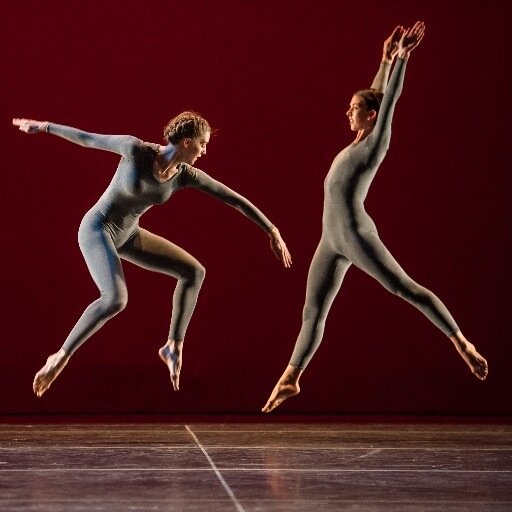
ŽIL Julie Vostalová
ZIL
“DEVELOP A NEGATIVE INTO A POSITIVE PICTURE”
.
Phygital way of designing that captures a momentum of transition between digital and physical worlds.
Digital and sustainable fashion with respect to materiality propose no-waste patterning that uses the technique of cut-ups to be assembled into a garment. Inspiration comes from the process of deconstructing historical garments and unexpected assemblage.




